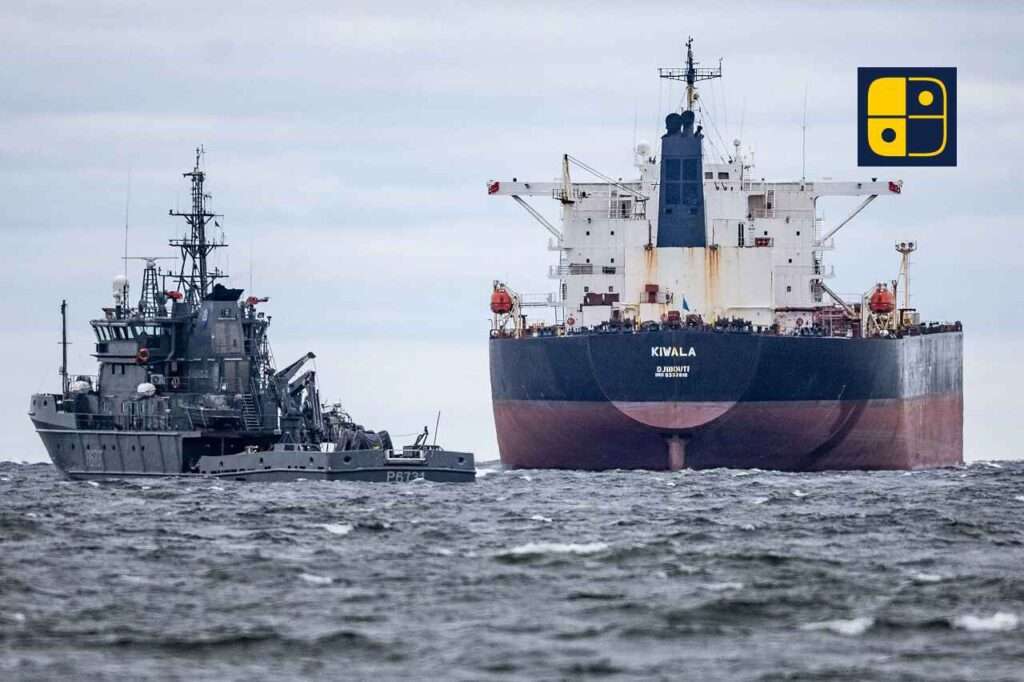Ukrainian President Volodymyr Zelensky has made accusations implying that Russia’s so-called “shadow fleet” of oil tankers is being used to “launch and control” drones targeting European cities, citing intelligence reports on September 28. The informally used term “shadow fleet” gives a new dimension to the ongoing drone and airspace violations currently agitating NATO’s eastern flank.
In recent weeks, Russian drones have violated the airspace of Poland and Romania, and possibly Finland, Denmark, and the Netherlands, while, on September 19, Estonia revealed that three Russian MiG-31 jets invaded its airspace for 12 minutes, prompting NATO’s Article 4 consultations. The next week, in another regional development, Hungarian fighter jets intercepted five Russian aircraft over the Baltic Sea.
Moscow employs a “shadow fleet” of tankers that were taken out of service and are estimated to number between 600 and 800. They are flagged in convenience flags and frequently operated without insurance and often with little oversight. The International Energy Agency (IEA) states that despite sanctions imposed on the sale of Russian oil, it is still earning in excess of $15 billion each month in crude oil sales and proceeds from this fleet have helped facilitate this.
Furthermore, analysts have pointed out that not only are the vessels assisting in the evasion of sanctions, but they have also assisted with military operations and represent a hybrid warfare threat to Europe.
Zelensky has urged the EU and the U.S. to implement stricter regulations on Russian maritime activities, including an outright ban on the shadow fleet from the Baltic and Black Seas. The EU is working on its 19th sanctions package, but U.S. President Donald Trump has not acted on sanctions, even when Ukraine has pressured them after Zelensky met with him at the UN General Assembly to discuss “strong steps.”

